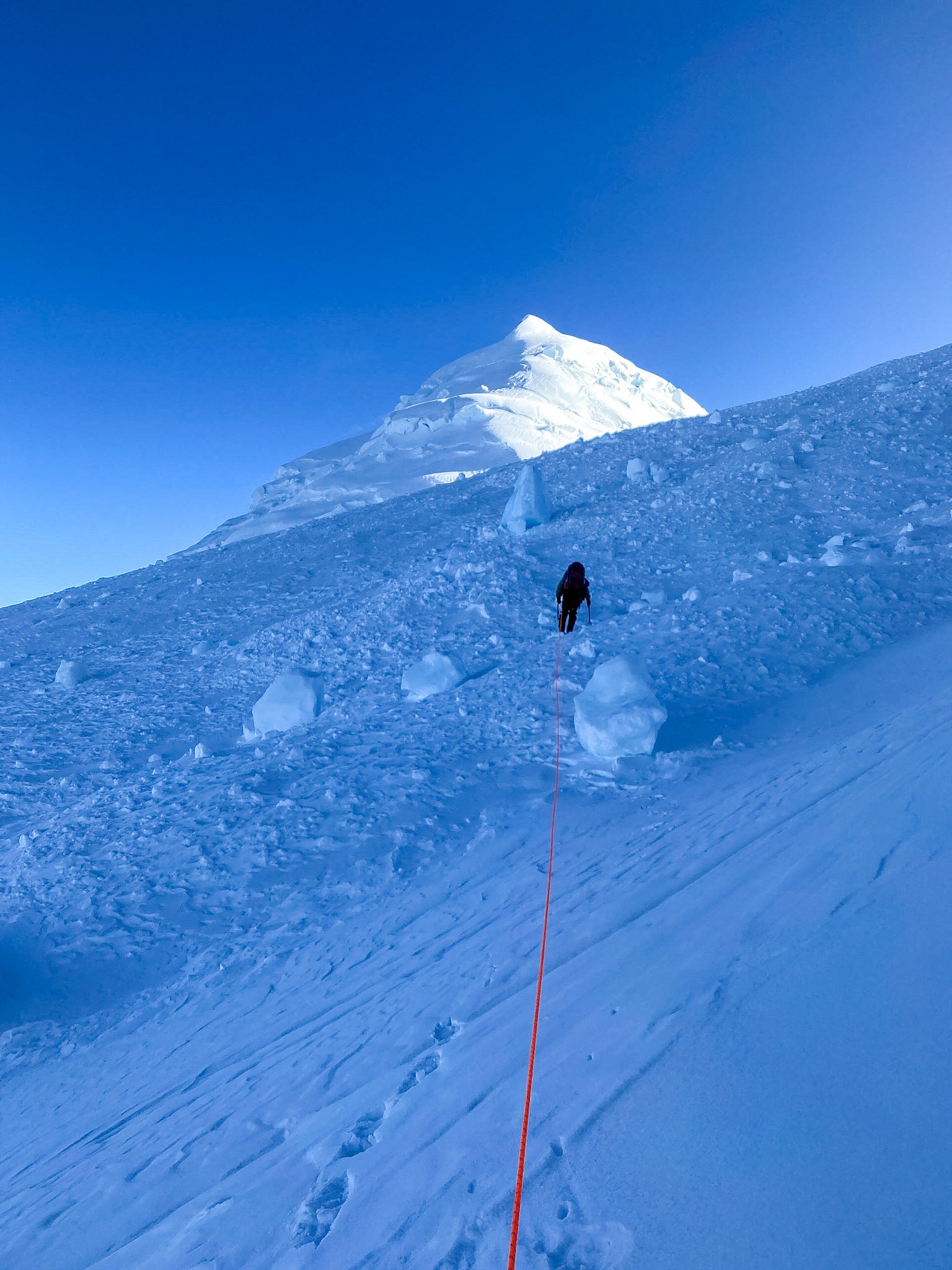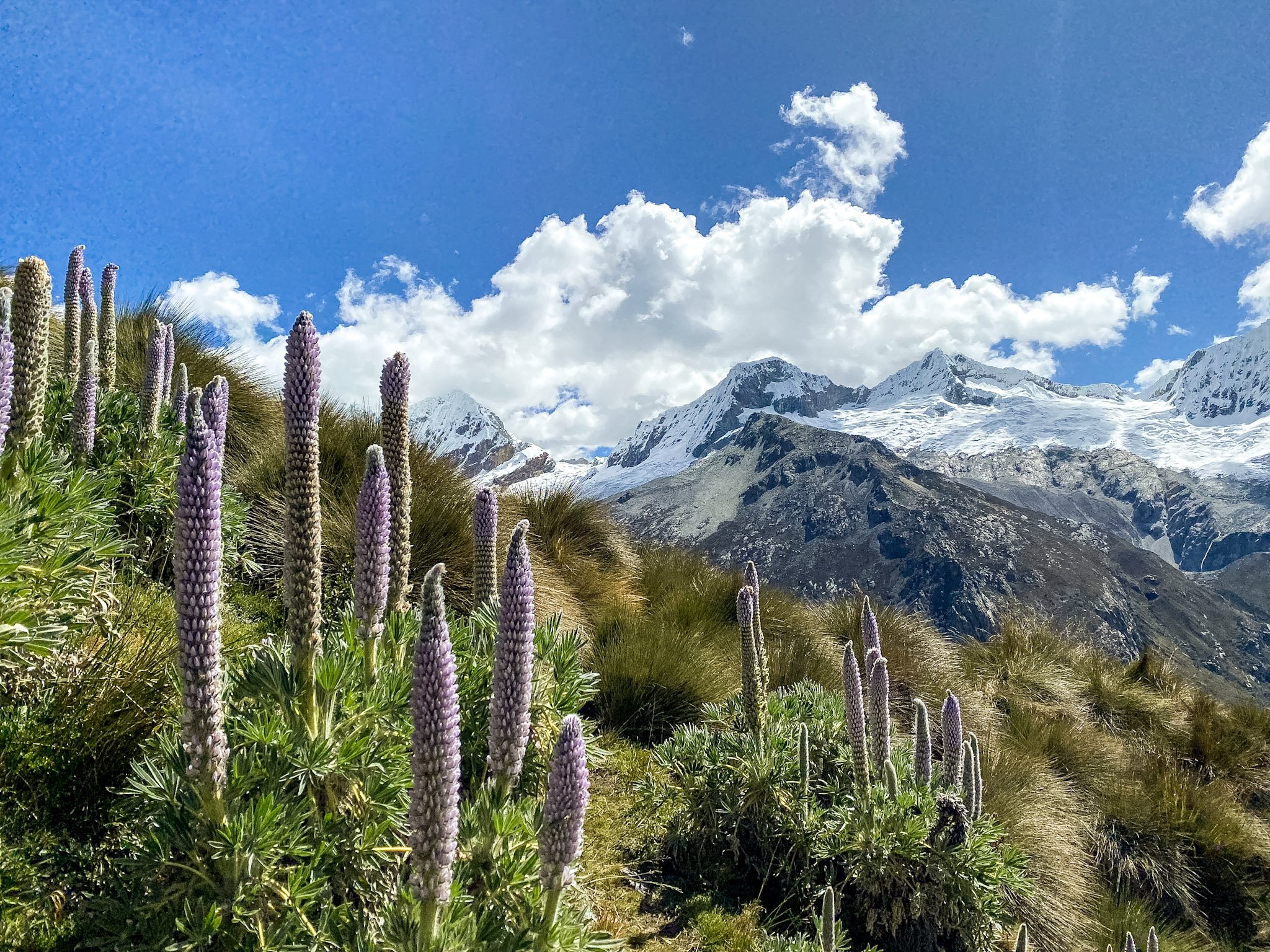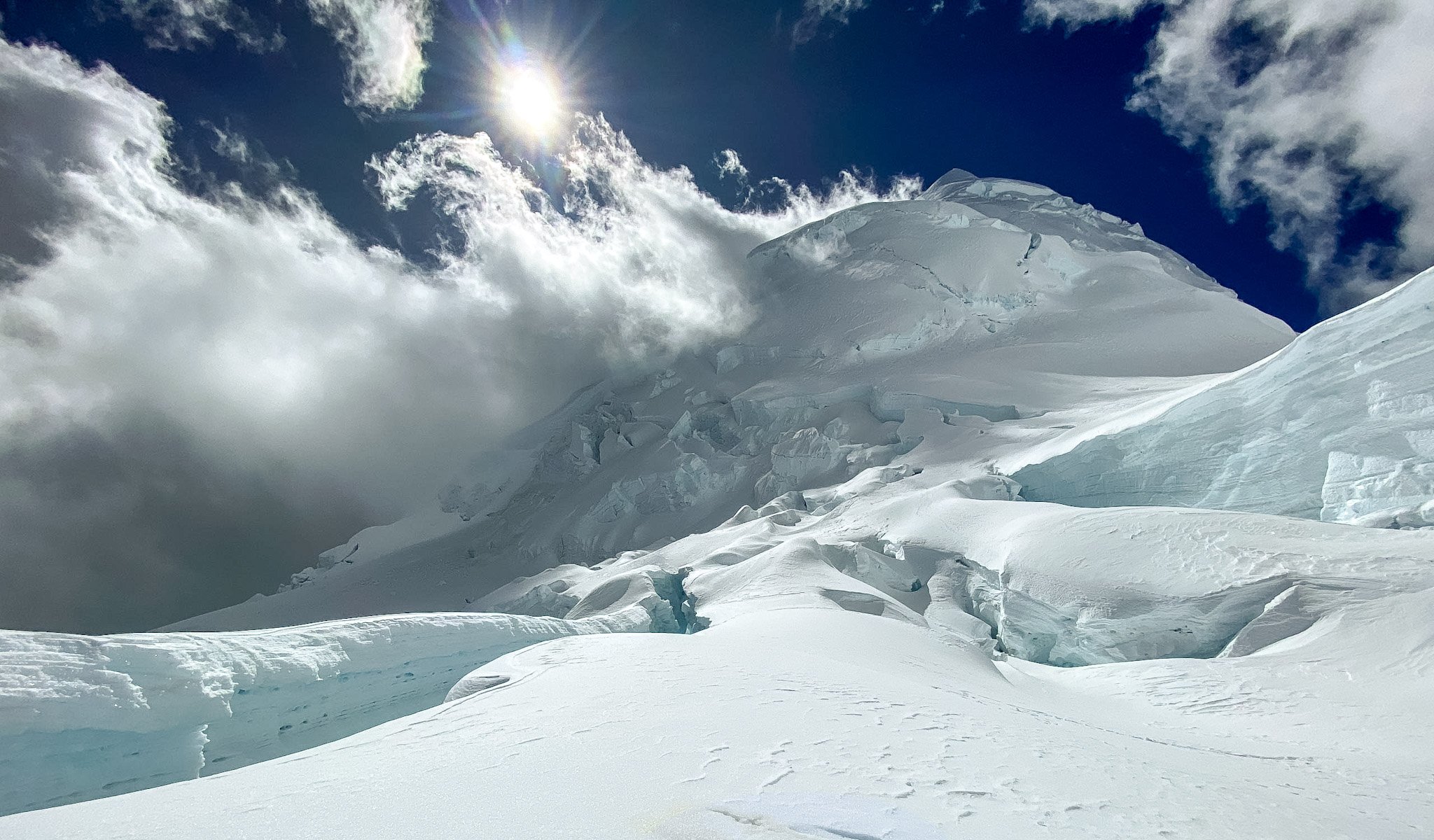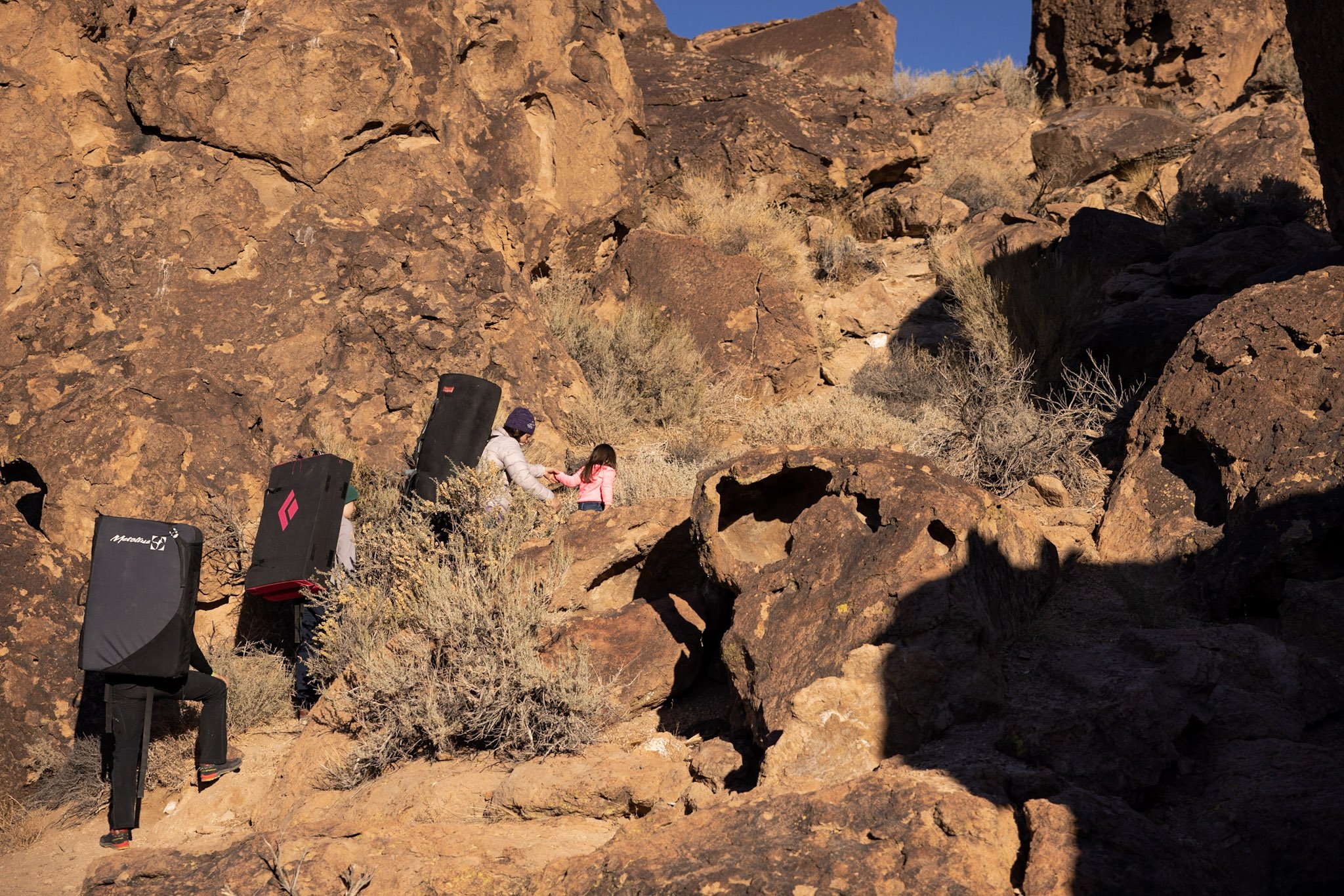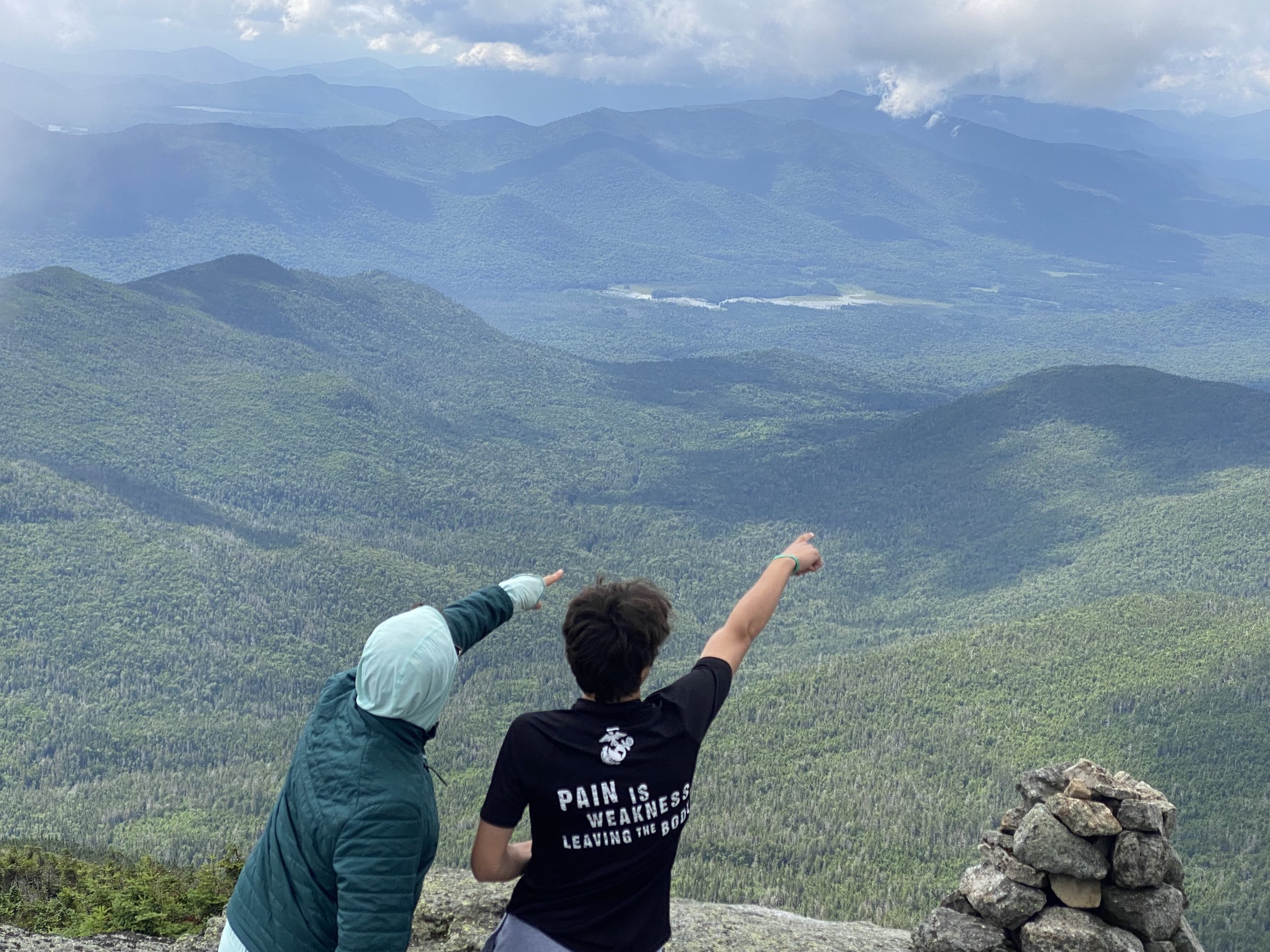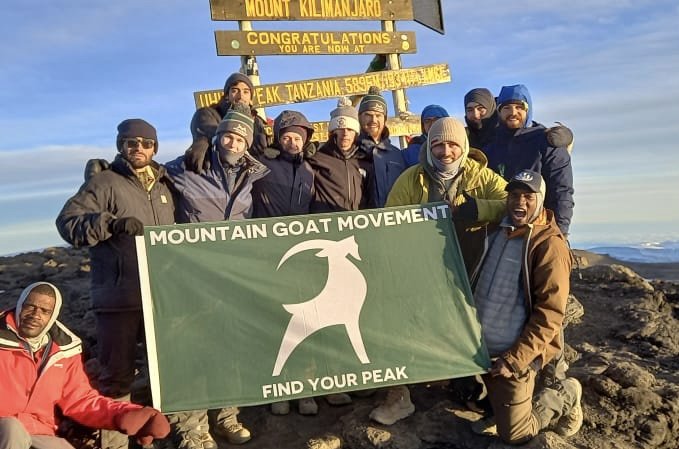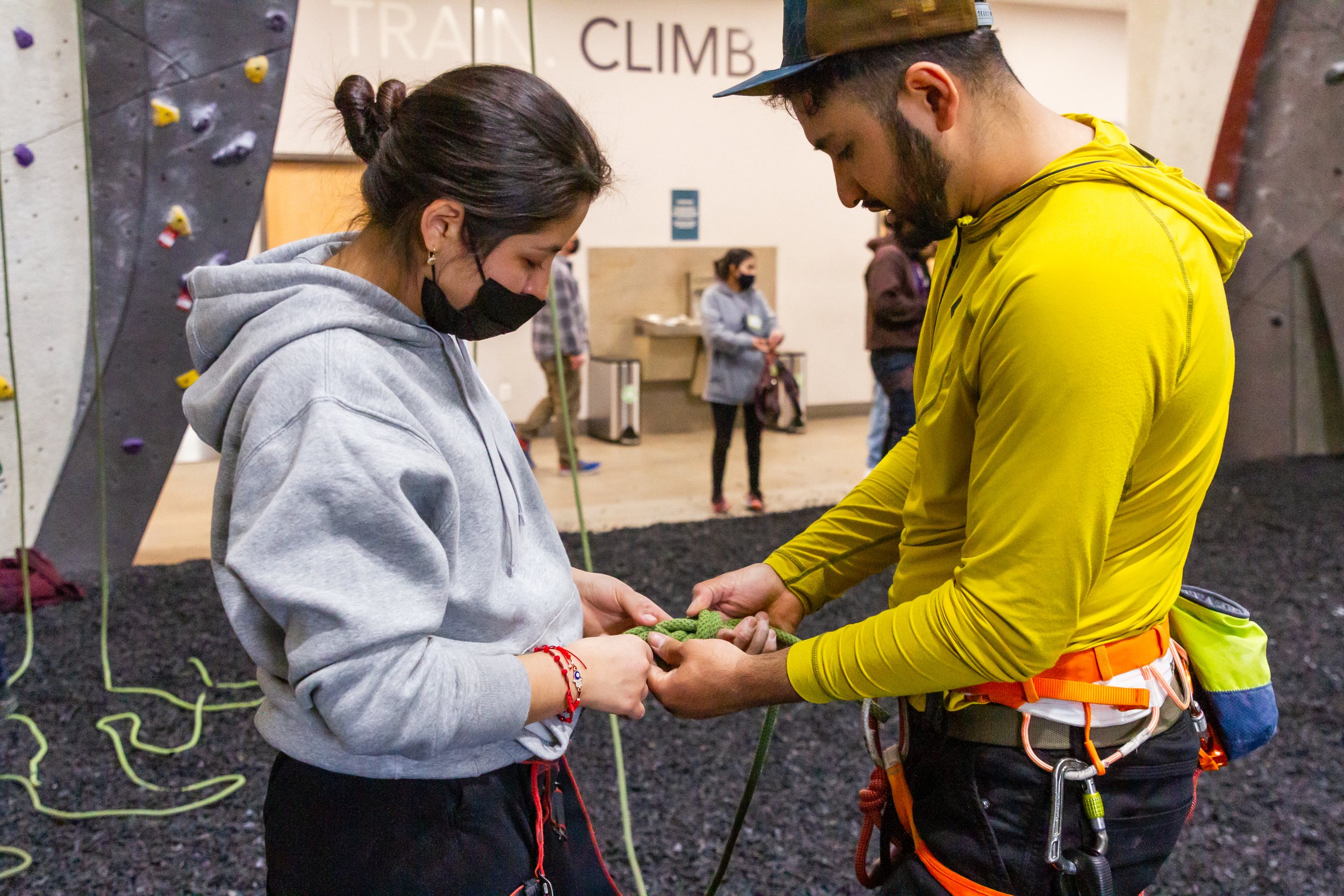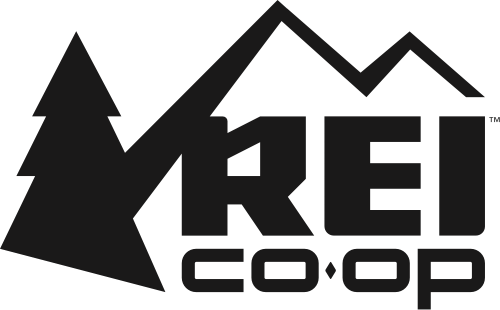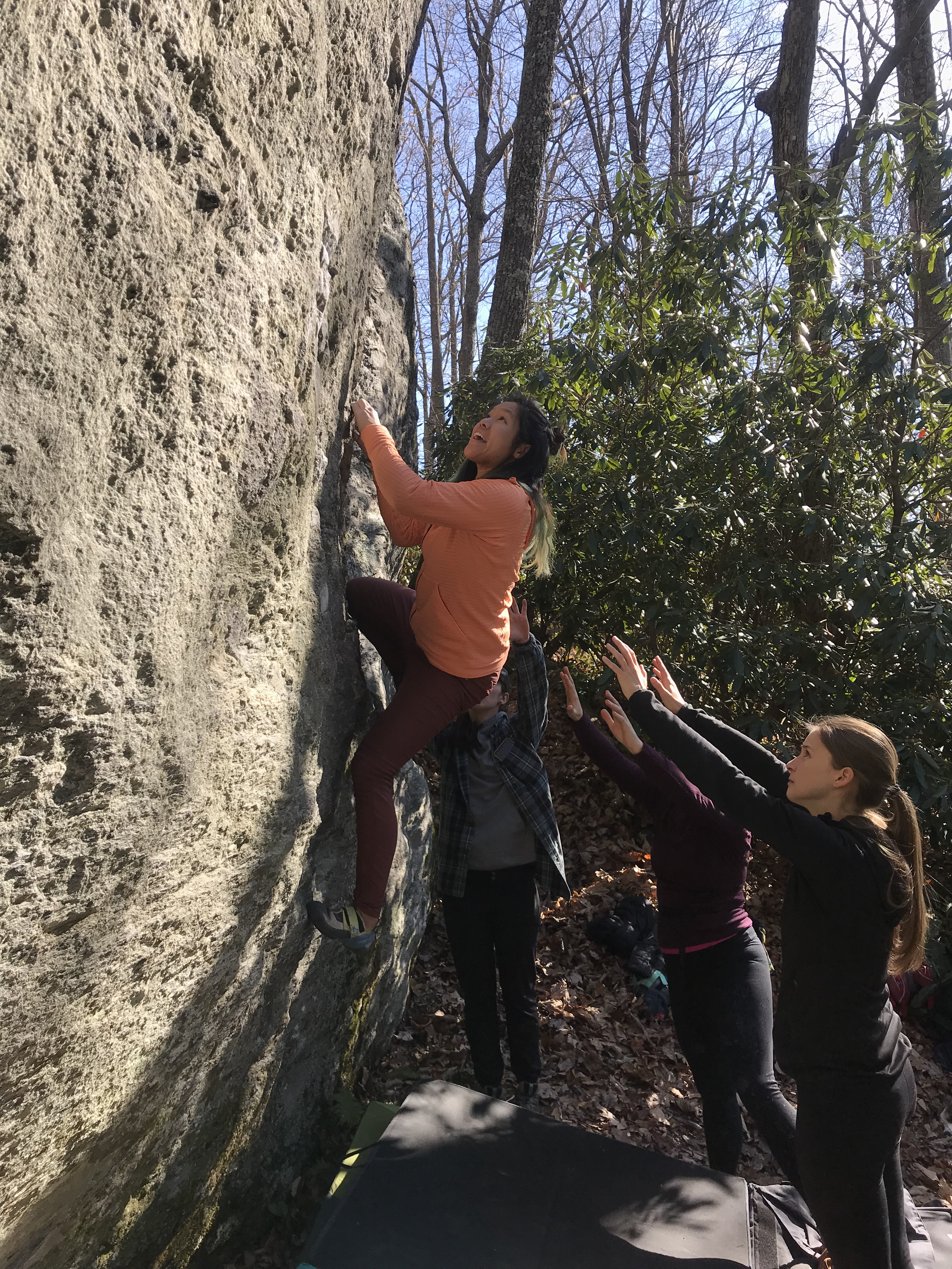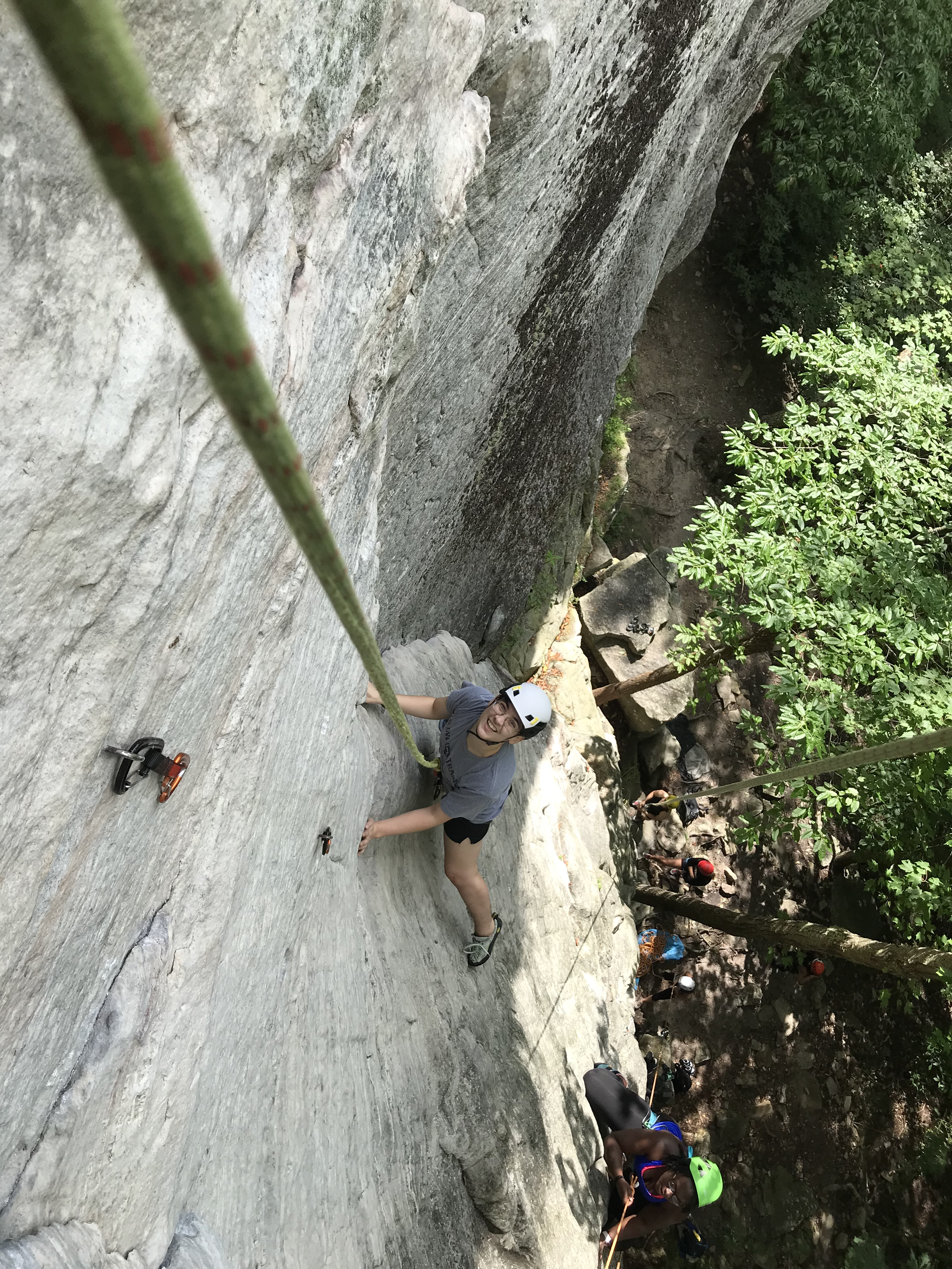When we were first asked to sign the Indigenous Field Guide pledge, we as an organization were challenged by how broad many of the tenets were, and how they were inconsistent with many of the current practices of climbers today. While some of the tenets of the pledge ring familiar with Leave No Trace Ethics, such as respecting rock art and staying on trails, other elements of the pledge—such as refraining from rock stacking, or seeking permission to share geographic locations from local Tribes—initially led us to a place of defensiveness. However, we also recognized this reaction should be seen as an impetus to really examine what the pact meant, and why we were reacting in this way.
The AAC has decided to sign onto the pledge, and we’re happy to share why.
Coming from a perspective of Western thought, we are accustomed to taking pacts such as these literally, assigning truth to every word, and were thus afraid we would be signing it performatively. We feared that we would not be able to fully comply with the pact, and instead would continue the pattern of broken promises experienced by Indigenous Tribes since the days of early settlers.
However, through multiple and overlapping conversations with the writers of the Indigenous Field Guide, we came to understand the spirit of the pledge and the value of committing to it despite our hesitations. Fear of failing would only prevent us from growing.
For example, we learned through various discussions with the writers of the pledge that the deepest importance of the imperative to seek permission before sharing coordinates is about protecting undefended Indigenous archeological and cultural sites that are as yet unrecognized or do not have conservation protections. This imperative is a manifestation of the last and most comprehensive directive from the Indigenous Field Guide writers: “I promise that exploration and first ascents are never more important than cultural resources.”
The AAC has a long-standing practice of publishing GPS coordinates of new routes in order to fulfill our mission of supporting and informing climbers. In fact, the sharing of GPS coordinates seemed a step in the direction of inclusion, so that no one developer or elite climber would “hoard” or gate-keep knowledge of a particular climbing area and make climbing that much less accessible for many people. Yet we had not considered how in certain cases, such sharing of coordinates can threaten areas of cultural significance to Indigenous peoples, with increased traffic threatening the spirituality of the sacred place, increasing erosion, and increasing potential defacement.
In addition, we learned that the request to not stack rocks is not a ban on cairns, but rather a way to highlight that the land should be as untouched as possible, and remain exactly as it is, unless steps are necessary (such as marking a trail in wilderness areas) in order to accomplish that goal of minimal impact. Specifically, balancing rocks and creating rock gardens in rivers and streams can destroy fish habitats in the immediate vicinity and downstream.
We as an organization have signed the Indigenous Field Guide Pledge and have started examining how we can transform our internal practices to align with what we have learned. By committing to the pledge, we are committing to staying in the conversation as we move forward collectively. What does that look like for us, the AAC?
We continue to encourage climbers to be conscientious of their impacts on land and people.
Moving forward, the American Alpine Club strongly encourages grant applicants to consider the locations of their pursuits, and when possible to seek out consent from local Tribes before climbing and before publicly sharing coordinates. For many of the grants, having the endorsement of local Tribes will be a condition for the grant to be awarded.
In cases where publication of coordinates might draw large numbers of new visitors to an area, the editors will urge contributors to our publications to consult with local Tribal leaders about the sensitivity of the area and any potential impacts.
We encourage our members and community to learn more here and to sign the pledge for themselves, if they likewise see value in holding themselves accountable to learning and recreating with this context of Indigenous knowledge.









